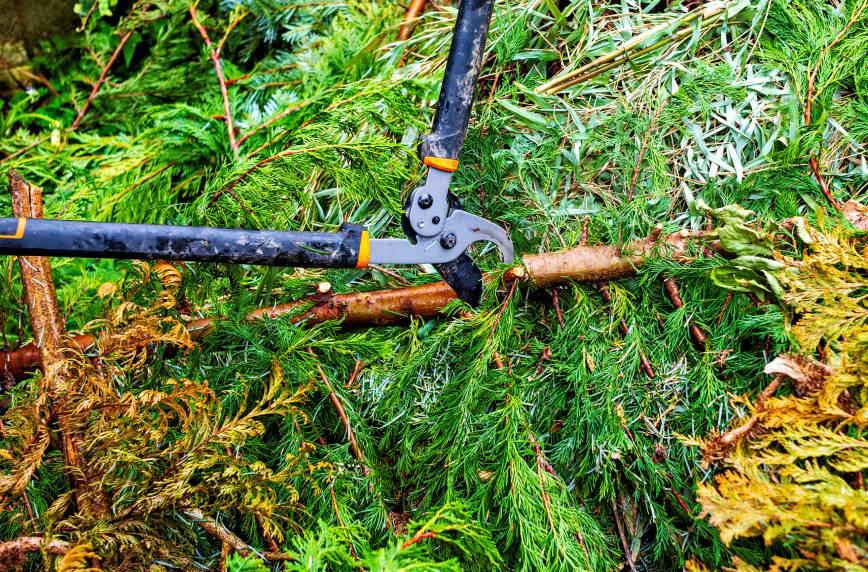Gardening is a therapeutic and rewarding hobby, but it comes with its own set of challenges. Among them, ensuring safety when using loppers is critical. Knowing the dos and don’ts tool and equipment use can make a world of difference in your at-home landscaping efforts. Continue reading as we take a closer look at lopper safety tips for at-home landscaping, highlighting safe use, proper technique, and common mistakes worth avoiding.
Choosing Safe Loppers for Your Needs
Selecting the right lopper is the first step to enhancing safety in your gardening tasks. There are different types of loppers, from anvil to bypass, and each serves a unique purpose. It’s incredibly important to choose a lopper that suits your gardening needs so that you don’t purchase or wield the incorrect tools.
When picking a lopper, consider its weight and handle length. A comfortable grip and manageable weight will boost user safety and performance. Ensuring these factors align with your physical abilities can also prevent unnecessary strain and accidents.
Preparation and Maintenance for Safe Use
Before beginning your landscaping project, prep work is necessary to maintain safety. Inspecting your loppers is a key part of this process. Check if all parts are intact and functioning properly.
Proper maintenance is also vital for safety, so regularly sharpen the blades and take care of the handles. Well-maintained tools always perform better and ultimately reduce the chances of accidental injuries during use. Remember, a proactive approach will keep your equipment reliable and ready for action.
Perfecting Your Lopper Technique
Using the correct technique when operating loppers is a requirement for preventing mishaps. Maintain an upright stance with your feet placed securely to minimize strain and maintain balance.
Your cutting technique should use the lopper’s full range, as partial cuts can lead to slips. Engaging your core and positioning yourself properly will also improve your control. These simple adjustments can vastly improve your efficiency and safety in the garden or around the yard.
Correct and Incorrect Practices in Landscaping
Understanding the dos and don’ts of tree pruning and trimming is crucial for lopper safety. For instance, never cut branches larger than the lopper’s maximum capacity, as this may damage the tool and the branch.
Attempting to rush the job might lead to uneven cuts or plant damage. Instead, approach each cut with patience and precision. You will find that well-pruned plants look better and stay healthier—it’s a win-win to maintain safe lopper use.
Avoiding Common Landscaping Mistakes
Many make mistakes with their landscaping due to oversight or a lack of knowledge. Overextending your reach is one such error that could lead to falls or injuries.
Similarly, not adjusting your stance might cause back pain over time. Taking the time to reposition yourself helps you maintain balance and apply your force effectively. By being mindful of these aspects, you can work safely and effectively.
Lopper safety is an integral part of successful at-home landscaping. Understanding the importance of selecting the right tool, maintaining it, and using it properly can enhance your safety and your yard’s results. Apply these insights to make your gardening sessions productive, safe, and enjoyable.
Are You a Professional?
Requests for your services are coming in left and right. Let’s connect and grow your business, together.
-
More like this





